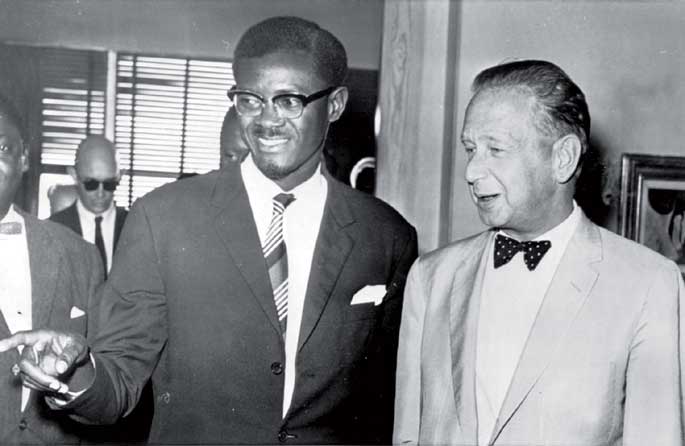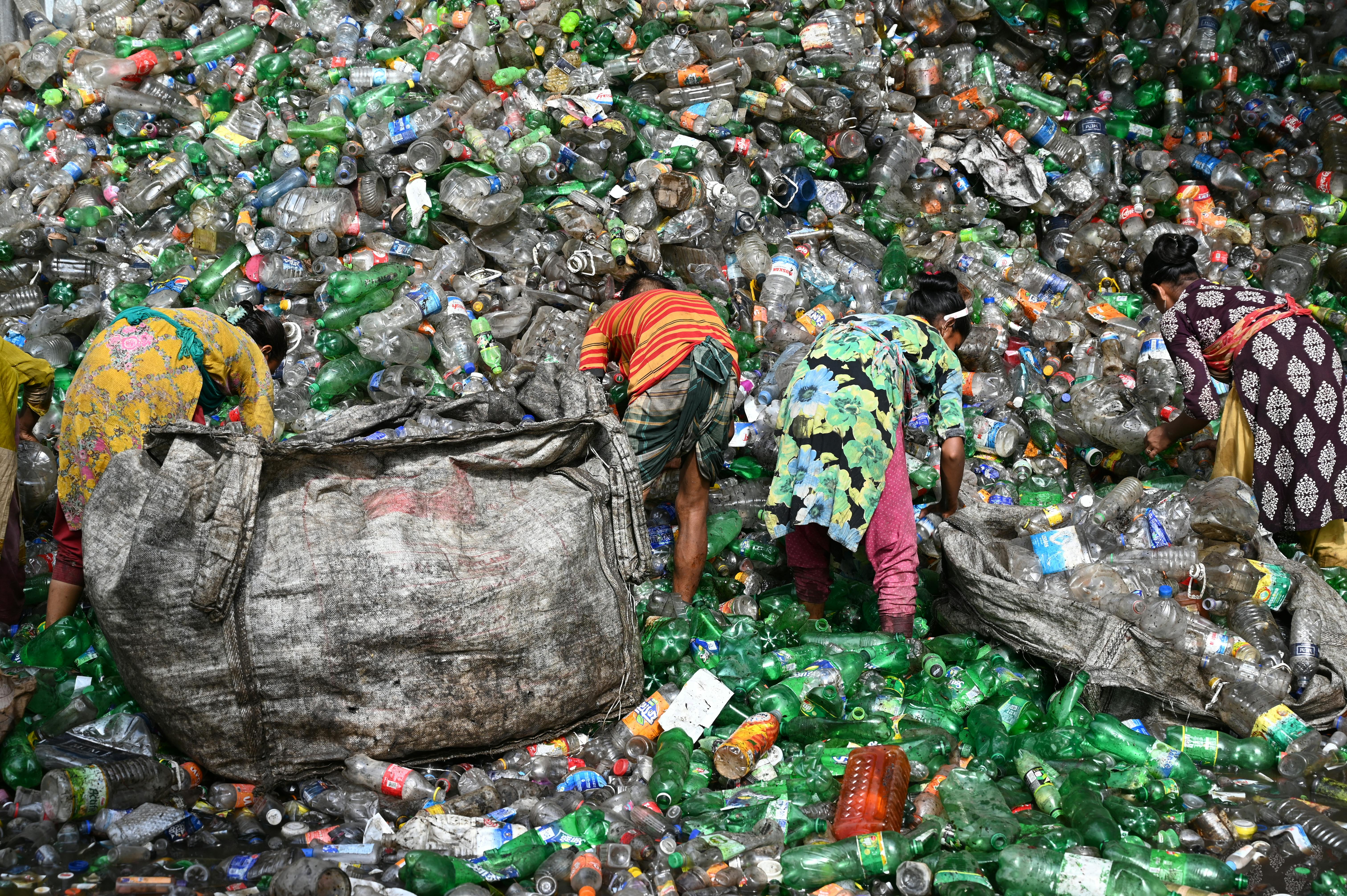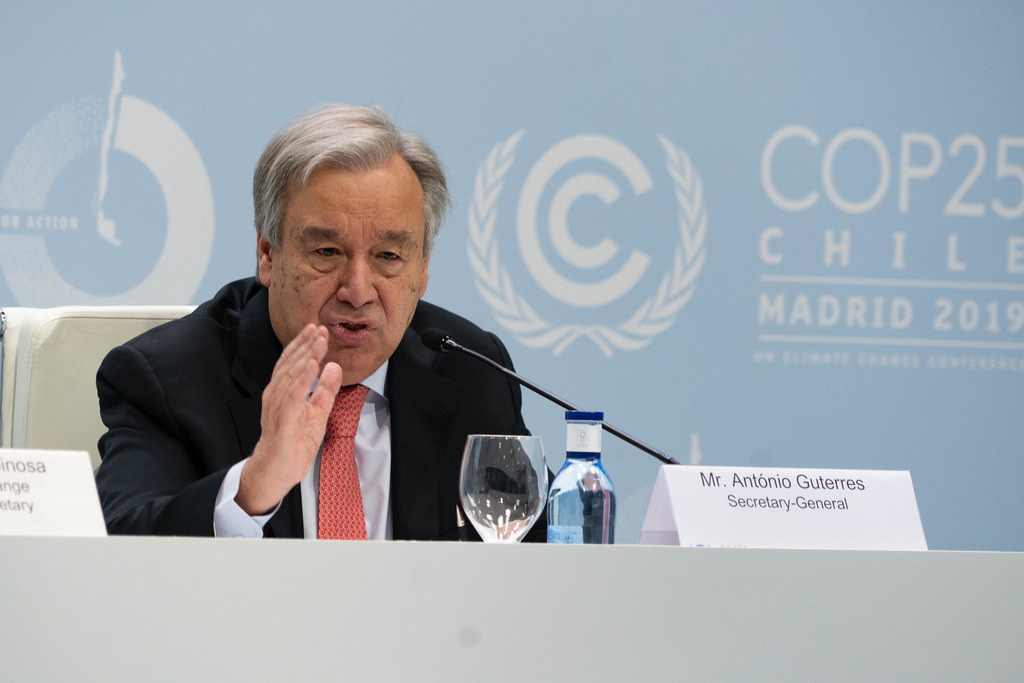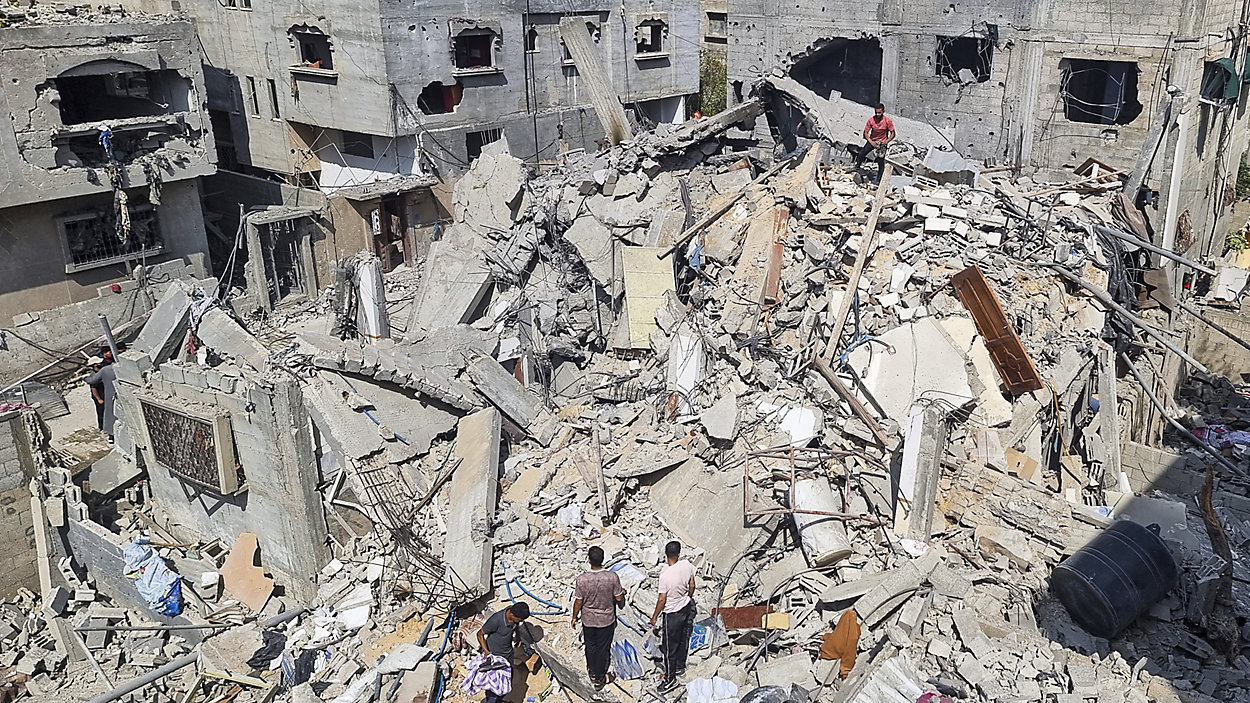Who killed Dag Hammarskjold, the head of the UN?
- On 18 September 1961, an aircraft with Dag Hammarskjold, Secretary-General of the United Nations, broke out today in the area of Zambia, when it was preparing to negotiate how to stop the internal war of the newly independent Congo. The UN has decided to investigate what was left in a "mysterious accident," as this is a really military attack.

Imagine that Ban Ki-moon is heading for Iraq to meet with its leaders and land the plane carrying the leading UN leader shot.
This kind of magnicide took place on September 18, 1961, in the midst of the Congo conflict, as today, readers of the age of being portrayed may be remembered. However, Dag Hammarskjold does not know the name of the young citizen dressed in the twenty-first century, with whom Joseph F. He who's seen a thousand stories about Kennedy's murder and learned how much perfume Marylin Monroe loved at bedtime.
Half a century later, we'll meet Hammarskjold. And if you clarify the end of the Swedish diplomat who had the UN as secretary-general between 1953 and 1961, 54 years later, you can see some uncomfortable details of the African decolonization process. The efforts of all the wars and classes that the great powers have made to control Africa's raw materials.
Dag Hammarskjold had to manage two large blocks of conflict since the leadership of the UN. On the one hand, the tensions caused by the Cold War between the United States and the Soviet Union. On the other hand, the European powers had colonial liberation processes in Africa and Asia. One of them, very complicated, was the one controlled by Belgium in the Congo.
In 1960, the various political leaders and forces of the Congo, whose capital became Kinshasa after the former Leopoldville, did not mix with the Congo on the other side of the river, whose main city is Brazzaville. According to the agenda agreed with the Belgian metropolis, Patrice Lumumba was a young and charismatic prime minister of the Congo, known leader of the Non-Aligned Movement.
But Moise Thsonb, with the support of the Belgian forces, proclaimed the republic of Katanga in southern Congo. And the newly founded country was in bloody strife: violent clashes between white settlers and blacks who wanted to take possession of their possessions, supporters of the Katanga Republic, disputes between the new powers and the new forces of Kinshasa...
The same elements have been seen, in different proportions, in the processes of liberation of the African era, for example in Algeria, but also much later in Angola or Mozambique than in comparison with the end of the Cold War, or again in the Congo recently.
Finally, the powers of the United States and Europe managed to overthrow Lumumba in the late 1960s, replacing in the pot Sergeant Joseph Desire Mobutu, who would later impose the longest dictatorship in Africa. After torturing him, he handed Lumumba over to Moise Tshombe, who tortured him more and shot him to disappear the entire Lumumba trail.
Prepare the menia with the katanga
The war in Katanga provoked a great stir with its massacres in 1960; for something the nickname of Katanga was given to neighborhoods full of immigrants, as in Hernani and many other cities in the world. By placing Mobutu in power, Tshonb continued the Katanga war against the Kinshasa government. At first, Mobutu leaned towards the Soviets, the Western powers and the major mining corporations.
On 17 September 1961, the UN Secretary-General was preparing to negotiate a negotiated solution with the Katanga rebel. His four-engine plane caught fire near the city of Ndola.
Despite the official truth that its 16 crew members, Hammarskjold and SE-BDY, Douglas DC-6, died by accident, the foundation monitoring the memory of the politician and several researchers have continued for half a century tracing the details of the event.
In 2011, Susan Williams, a professor at the University of London, published a lot of clarity in her book “Who Killed Hammarskjöld?”. In it, he collected the memories of two very special witnesses, two agents of the U.S. intelligence services.
Charles Southall, who is now 80, was in Cyprus tracking radio messages during those days. I had recorded the voice of an airplane. “I see a transport plane coming. It's got the lights on. Yes, it's a Transair DC-6. That's the plane." Next, the noise of the shots: “I touched. He's furious. It falls. Bursts.” This same scene was followed by Henry Abram, 73 years old today, from the home that the Greek Americans had in Heraclion.
But as important as the work of Susan Willimans is that by Swedish Goran Bjorkdahl. His father, who had worked in cooperation services in the region, had instigated him to investigate the case of Hammarskjold. In addition to the details of witnesses who saw the airplane burning on the ground, Bjorkdahl has also gathered other information that helps to better explain the context of what happened.
Basically, Bjorkdahl has shown that: That the Hammarskjold plane had been shot by another, that the English military had obstructed the investigation of the accident, that they had saved a crew from the plane alive but had let it die, that Hammarskjold suspected that the British diplomats sabotaged the ceasefire he was about to reach with Tshonber and that the UN Secretary-General had authorised an attack on the mercenaries.
Pulling all these cables, Julian Borger and Georgina Smith of the newspaper The Guardian located the witnesses in the town of Ndola where the event occurred in August 2011. Interestingly, in the 1961 investigation, those who decided that the accident was due to a torpedo of the pilot did not ask the baserritars until the arrival of Goran Bjorkdahl, quoted by the journalists.
In 2011, The Guardian mentioned as the name and surname of the tillage coals who had seen the aircraft shoot and burn in flames: Dickson Mbewe, Custon Chipoya, Safeli Mulenga, John Ngongo...For 50 years nobody asked them anything. Congo had hidden too many minerals in the subsoil. He still has it.
Our rights, our future, now! Under the motto, the International Day of Human Rights commemorates the legacy of 76 years. The aim of the day is to promote the construction of a more peaceful, egalitarian and sustainable world. However, while progress is being made, we are faced... [+]
The United States of America has made me think of the Palestinian truce veto on the United Nations Security Council, not only in the malfunctioning of the UN, but also in the discrimination suffered by innocent victims.
In this regard and by way of example, I wanted to see that... [+]
Palestine, now. We don't know what we call the international community. The authorities, send and make horrors. And who prevents it. What value do the basic concepts of words, norms, rights, reasons, right and humanity have on them?
The analysis of history will clarify... [+]























